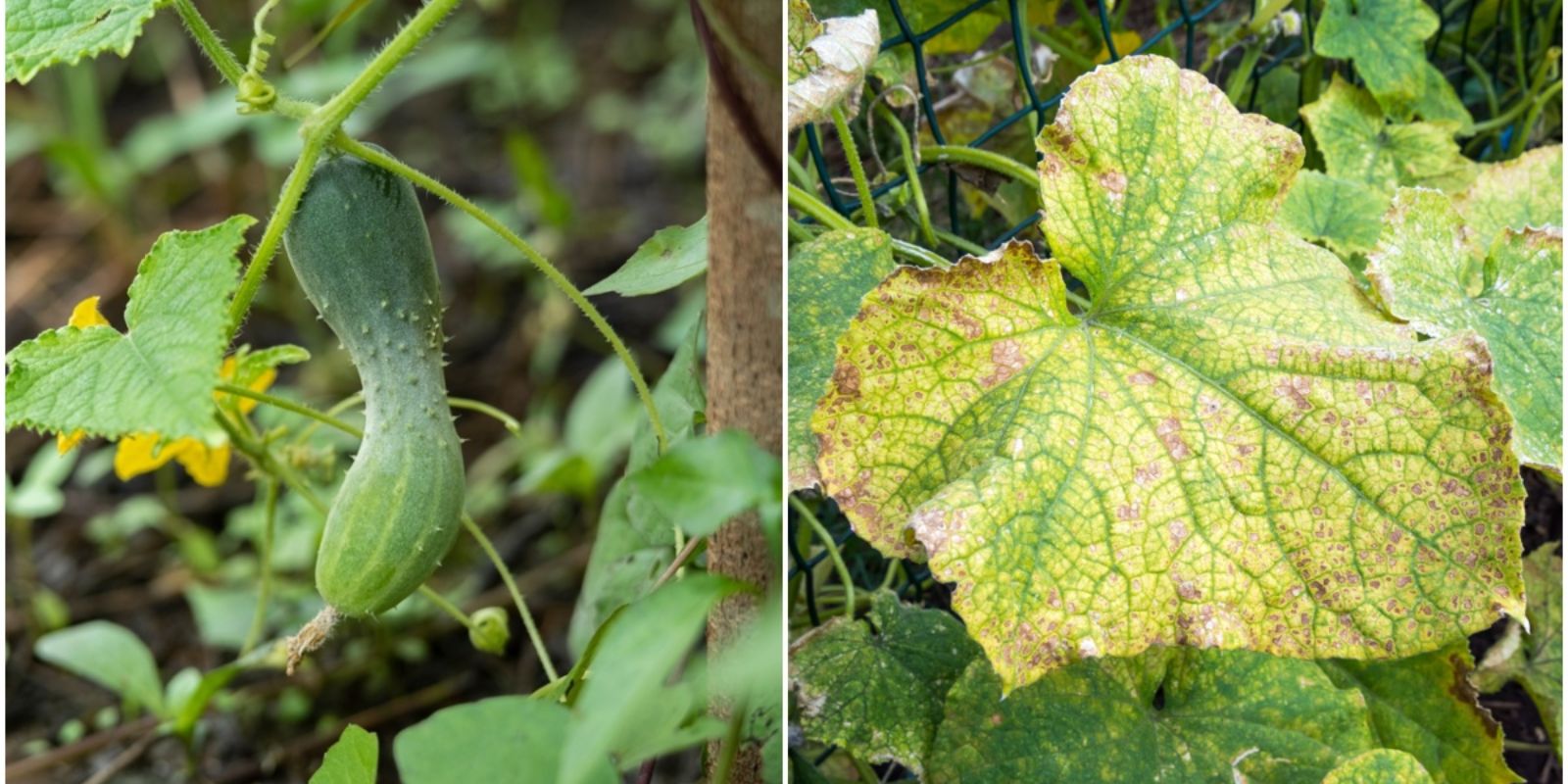Cucumbers are a popular vegetable choice among gardeners due to their refreshing taste and versatility in dishes. However, growing healthy cucumbers can sometimes be a challenge due to various diseases that can affect the plants. This article will provide you with an in-depth understanding of common cucumber diseases, their symptoms, and effective treatment options to ensure a bountiful harvest.
Understanding Common Cucumber Diseases
Cucumbers (Cucumis sativus) are susceptible to several diseases that can significantly impact their growth, yield, and overall health. Knowing how to identify these diseases early on is crucial for managing them effectively. Below are some of the most common cucumber diseases:
1. Powdery Mildew
Description: Powdery mildew is a fungal disease characterized by white, powdery spots that appear on the leaves and stems of the plant. This disease thrives in warm, dry conditions with high humidity.
Symptoms:
- White, powdery spots on the upper surfaces of leaves.
- Leaves may become distorted, yellow, and eventually die.
- Reduced fruit yield and quality.
Treatment:
- Cultural Control: Improve air circulation by spacing plants appropriately and avoiding overhead watering.
- Fungicides: Use fungicides specifically labeled for powdery mildew. Organic options include neem oil or baking soda solutions (mix 1 tablespoon of baking soda with a few drops of liquid soap in a gallon of water).
2. Downy Mildew
Description: Downy mildew is another fungal disease that affects cucumbers, typically manifesting in cooler, moist conditions. It can cause significant damage if not managed promptly.
Symptoms:
- Yellow patches on the upper leaf surfaces.
- A fuzzy, grayish growth on the underside of the leaves.
- Leaves may wilt and die prematurely.
Treatment:
- Cultural Practices: Avoid wetting the foliage while watering and ensure proper spacing for air circulation.
- Fungicides: Apply fungicides specifically designed for downy mildew. Copper-based fungicides can be effective.
3. Cucumber Mosaic Virus (CMV)
Description: Cucumber mosaic virus is a viral disease that can severely affect cucumbers, leading to stunted growth and poor fruit development. It is transmitted by aphids and can spread quickly in warm weather.
Symptoms:
- Yellow mottling and distortion of leaves.
- Stunted growth and reduced yield.
- Fruit may be misshapen and have poor quality.
Treatment:
- Cultural Control: Control aphid populations through insecticidal soaps or neem oil.
- Removal: Remove and destroy infected plants to prevent the virus from spreading to healthy ones.
- Prevention: Use resistant cucumber varieties whenever possible.
4. Bacterial Wilt
Description: Bacterial wilt is caused by the bacterium Erwinia tracheiphila and is primarily transmitted by cucumber beetles. Once a plant is infected, it is often fatal.
Symptoms:
- Wilting of leaves, often during the hottest part of the day, but they may recover at night.
- Sticky substance at the base of the stem upon cutting it open.
Treatment:
- Cultural Practices: Control cucumber beetles with insecticides or row covers to protect young plants.
- Removal: Remove and destroy infected plants to prevent the spread of the bacteria.
Identifying Diseases Early
Regular Monitoring: The key to successful cucumber cultivation is regular monitoring of your plants. Check for any signs of disease, such as yellowing leaves, wilting, or unusual spots. Early identification is crucial in managing and treating cucumber diseases effectively.
Familiarity with Symptoms: Understanding the symptoms of each disease will help you recognize problems before they escalate. Take note of environmental conditions that may favor disease development, such as high humidity or overcrowding.
Cultural Practices for Disease Prevention
- Proper Spacing: Ensure adequate space between plants to promote air circulation, which helps reduce humidity and minimizes disease risk.
- Watering Practices: Water plants at the base rather than overhead to prevent wet foliage, which can promote fungal growth.
- Soil Health: Use well-draining soil enriched with organic matter to promote healthy root development and overall plant resilience.
- Crop Rotation: Practice crop rotation by planting cucumbers in different locations each year. This helps disrupt disease cycles and reduces the risk of soil-borne diseases.
- Use Resistant Varieties: Whenever possible, select cucumber varieties that are resistant to common diseases. This can provide an extra layer of protection for your plants.
Treatment and Management Strategies
- Regular Inspections: Regularly inspect your cucumber plants for signs of disease. Catching problems early can make treatment more effective.
- Disease Identification: Familiarize yourself with the symptoms of common cucumber diseases to ensure you can identify them quickly.
- Fungicides and Treatments: If disease is identified, apply appropriate treatments as soon as possible. Follow all label instructions for any chemical treatments.
- Remove Infected Plants: Promptly remove any infected plants from your garden to prevent the spread of disease to healthy plants.
- Maintain Garden Hygiene: Keep your garden free of debris and diseased plant material, as this can harbor pests and pathogens.
Conclusion
Growing cucumbers can be a rewarding experience, but it’s essential to be aware of the common diseases that can affect these plants. By understanding the symptoms and treatment options for diseases like powdery mildew, downy mildew, cucumber mosaic virus, and bacterial wilt, you can take proactive steps to ensure the health of your cucumber crop.
Incorporating good cultural practices, such as proper spacing, watering techniques, and crop rotation, can significantly reduce the risk of disease. Remember, the key to successful cucumber cultivation is vigilance and early intervention. With the right knowledge and care, you can enjoy a healthy and productive cucumber harvest in your garden!
Gardening Community Engagement
Don’t forget to share your cucumber growing experiences and any tips you have for managing diseases! Join the conversation with fellow gardeners, and let’s cultivate healthier gardens together! 🌱💚 #CucumberCare #GardeningTips #HealthyHarvest #PlantHealth #GardenGoals

